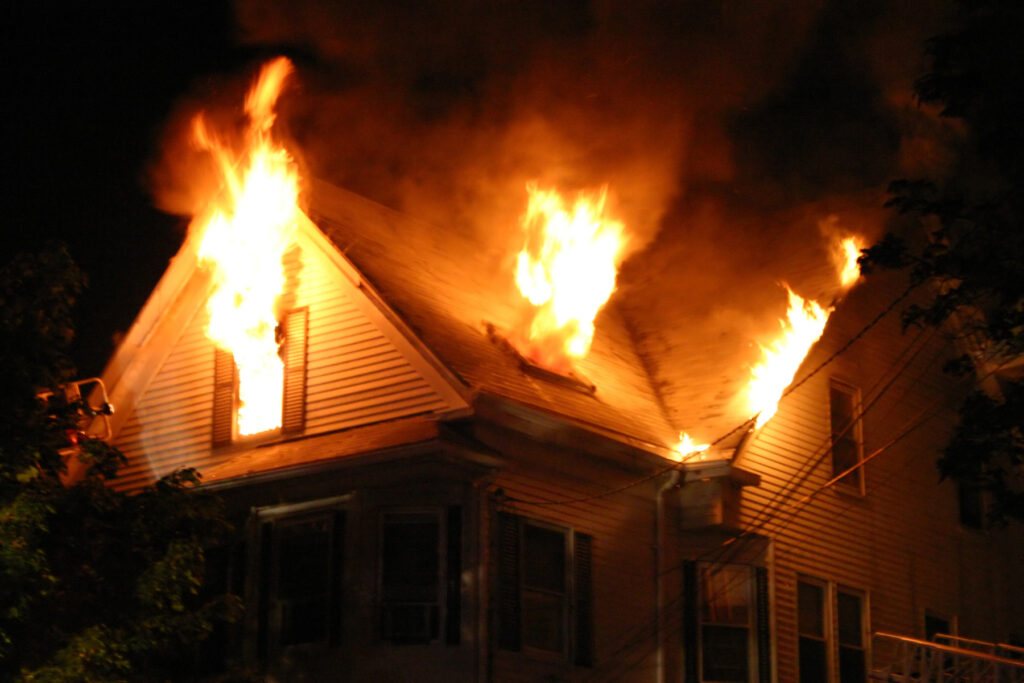The Different Severities Of Burns
Click For Free Consultation
Legally Reviewed By: Robert M. Knowles
Attorney & Partner At Knowles Law Firm
Burns are painful and often debilitating injuries. They can be physically and emotionally scarring. A burn can damage the skin and underlying tissues, often resulting in permanent scarring or disfigurement. Physicians categorize burn injuries into three degrees based on burn severity. This allows them to administer the proper treatment.
First Degree
A first-degree burn is the most minor degree. A first-degree burn also referred to as a superficial burn, does not go beyond the top layer of skin (the epidermis). Symptoms of a first-degree burn include pain, redness, and dry skin. The burn may also be warm to the touch and swollen. A first-degree burn does not blister and normally does not scar, as the skin remains intact. The victim may experience some lasting skin discoloration.
An example of a first-degree burn is a sunburn. First-degree burns can often be treated at home with remedies such as pain relievers and burn relief gels. Seek professional medical care, however, if the first-degree burn is larger than the size of your palm, located in a vulnerable area such as a joint or the face, or does not respond to pain medication.
Second Degree
A second-degree burn, also known as a partial-thickness burn, is deeper than a first-degree burn. It affects the epidermis and the second layer of skin (the dermis). A second-degree burn is painful and generally blisters. The skin may split where it blisters, leading to an open wound and posing a risk of infection. Second-degree burns are more likely to result in permanent scarring and disfigurement than first-degree burns.
An example of a second-degree burn is contact with a hot object that results in very red skin, pain, swelling, and the formation of blisters. An individual with a second-degree burn should always receive professional medical care. Wound debridement, antibiotics, fluids, and professional dressing are often necessary to properly treat a second-degree burn injury.
Third Degree
The most severe burn category is third degree. It is also known as a full-thickness burn. It impacts the deepest layers of tissues, including muscles and tendons, and can even reach the bone. A third-degree burn is not always painful, as it is severe enough to destroy the nerve endings in the affected area. The skin may appear white, brown or charred, as well as dry or leathery in texture.
An example of a third-degree burn is a victim caught in a fire, with severe burns from the flames. Third-degree burns always require emergency medical treatment. They are serious and sometimes fatal injuries that can cause permanent disfigurement, scarring, disability, infections, amputations, dehydration, and nerve damage.
Four Types of Burns
When diagnosing and treating a burn injury, something else that a doctor must identify is the type of burn. This is as important as the severity in determining the most appropriate treatment plan for the patient. There are four main types of burn injuries.
- Thermal
- Electric
- Chemical
- Radiation

Thermal burns are the most common and stem from contact with heat, fire, or hot objects. A physician will need to adjust the treatment plan for electric and chemical burns, which can cause internal injuries as well as damage to the skin. Radiation burns stem from overexposure to radiation or ultraviolet rays, such as from the sun.
Did You Suffer a Burn Injury in Omaha? Consult With An Attorney
If you are a burn injury survivor in Omaha, Nebraska, you may have grounds to file a personal injury claim against the responsible person or party in pursuit of financial compensation. If you suffered a third-degree burn in an explosion at work, for example, you may be able to hold your employer responsible. Contact an Omaha burn injury attorney right away for assistance with the legal process. An attorney can investigate the burn incident, determine fault and file a claim on your behalf. Then, while you focus on recovering from your burns, your lawyer can negotiate for fair financial compensation for you.

About Our Attorney
Robert M. Knowles
Attorney & Partner at Knowles Law Firm
Robert has tried cases in both state and federal courts and was selected as one of the top 100 litigation lawyers in Nebraska for 2014 by the American Society of Legal Advocates. Less than 1.5 percent of lawyers nationally are selected for this recognition. He is rated AV by Martindale-Hubbell which is the highest rating an attorney can obtain. He was also selected by Martindale-Hubbell as a 2019 Top Rated Lawyer.
